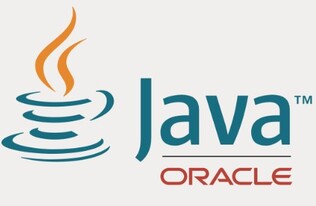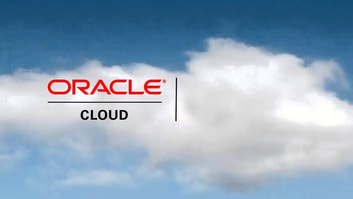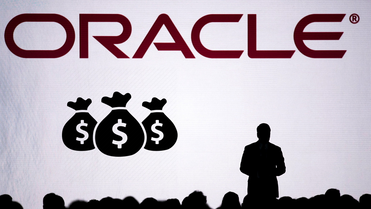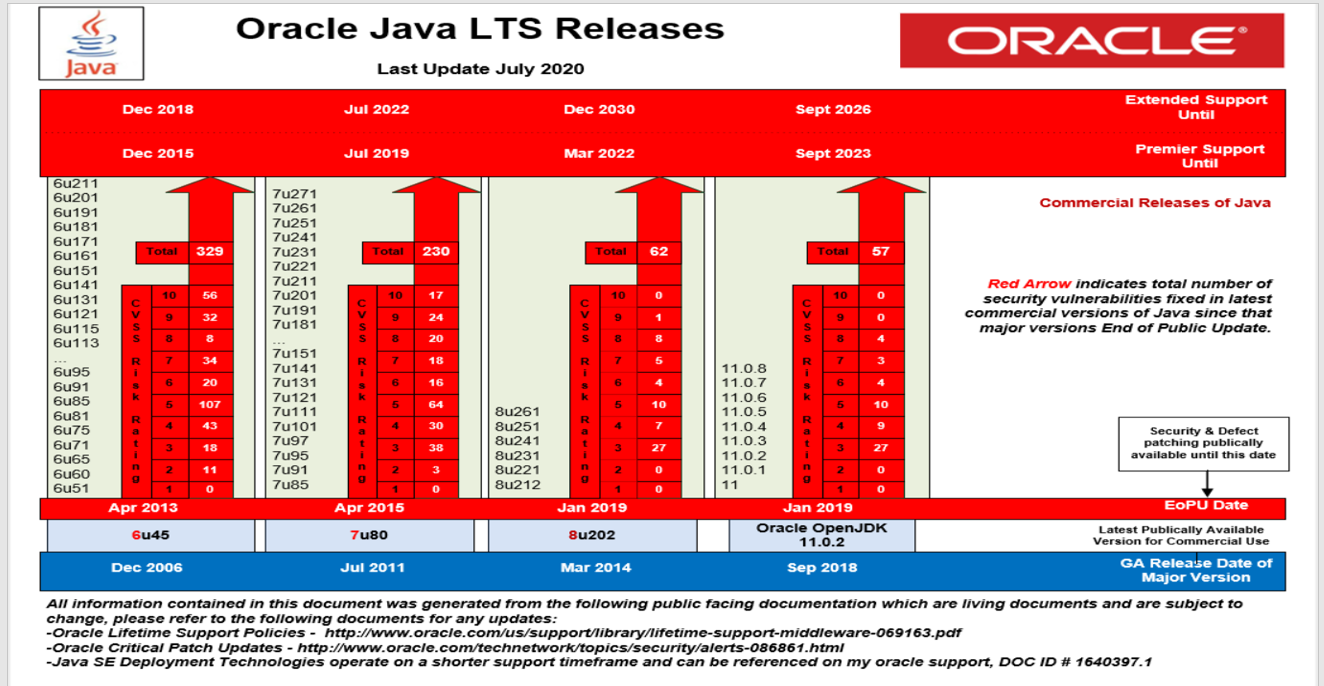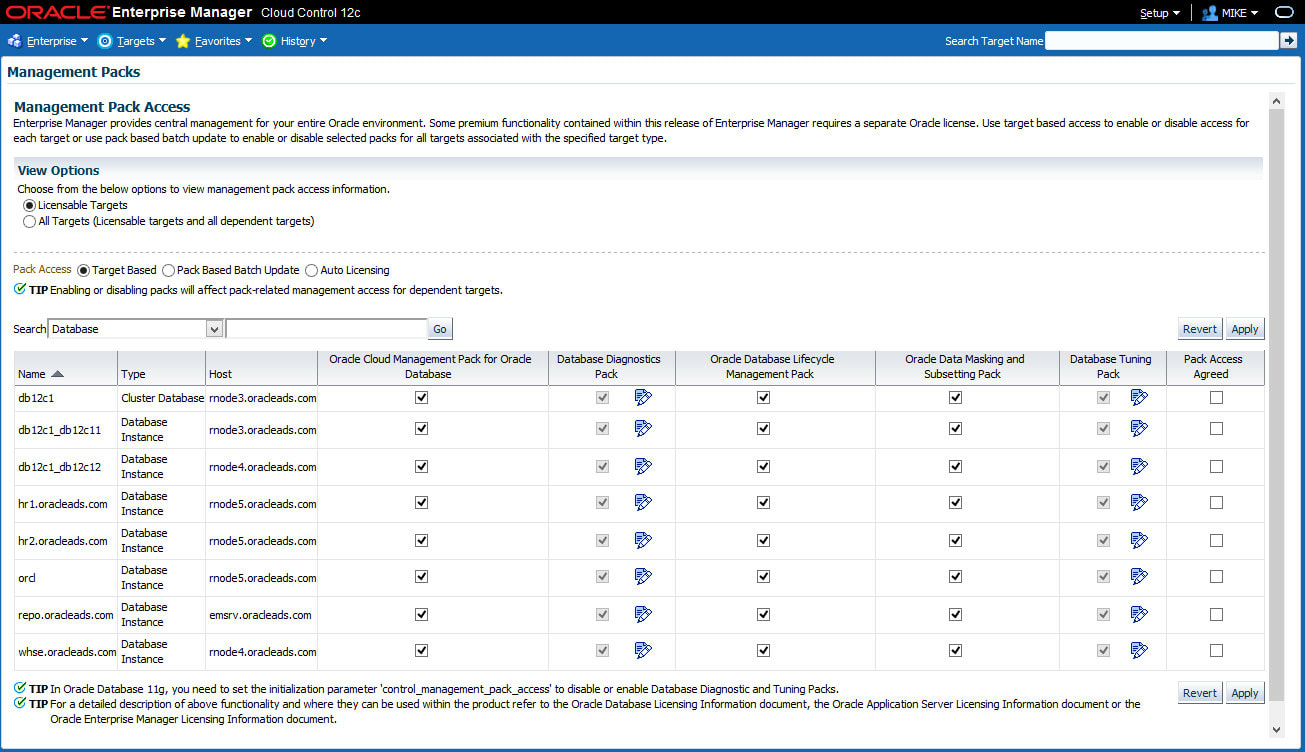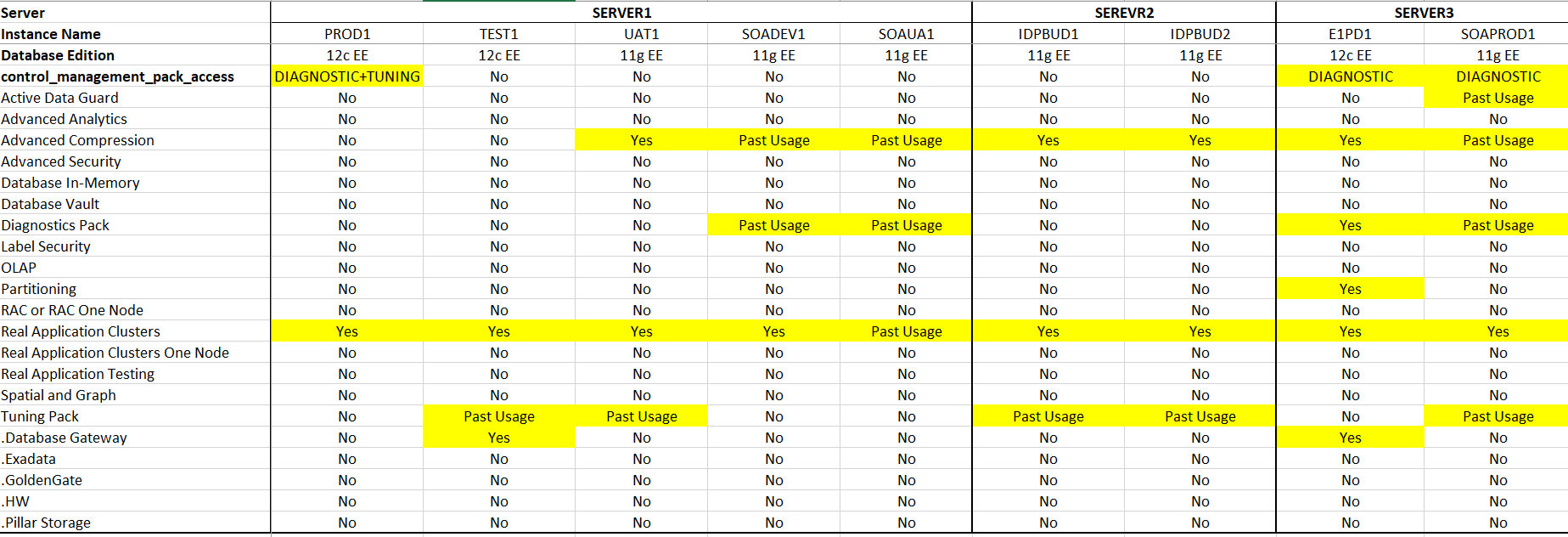Employee for Java SE Universal Subscription: is defined as (i) all of Your full-time, part-time, temporary employees, and (ii) all of the full-time employees, part-time employees and temporary employees of Your agents, contractors, outsourcers, and consultants that support Your internal business operations. The quantity of the licenses required is determined by the number of Employees and not just the actual number of employees that use the Programs. For these Java SE Universal Subscription licenses, the licensed quantity purchased must, at a minimum, be equal to the number of Employees as of the effective date of Your order. Under this Employee metric for Java SE Universal Subscription Programs(s), You may only install and/or run the Java SE Universal Subscription Program(s) on up to 50,000 Processors, If Your use exceeds 50,000 Processors, exclusive of Processors installed and/or running on desktop and laptop computers, You must obtain an additional license from Oracle. Key points - Count all employees, not just users, and this includes those outside the organization that support your internal business operations! How many individuals might that definition capture in a large enterprise, if you can indeed identify and track them accurately at all !! Then you're facing a tiered per user monthly subscription cost (that reduces based on higher volumes, phew) that would see a shop of 500 Employees facing $7,500 per month in subs! So what are my Java options ...
So lets look at the licensing currently available for Oracle Java SE releases:
And how do the LTS and non-LTS releases co-exist?For product releases after Java SE 8, Oracle will designate only certain releases as Long-Term-Support (LTS) releases. Java SE 7, 8, 11 and 17 are LTS releases. Oracle intends to make future LTS releases every two years meaning the next planned LTS release is Java 21 in September 2023. For the purposes of Oracle Premier Support, non-LTS releases are considered a cumulative set of implementation enhancements of the most recent LTS release. Once a new feature release is made available, any previous non-LTS release will be considered superseded. For example, Java SE 9 was a non-LTS release and immediately superseded by Java SE 10 (also non-LTS), Java SE 10 in turn is immediately superseded by Java SE 11. Java SE 11 however is an LTS release, and therefore Oracle Customers will receive Oracle Premier Support and periodic update releases, even though Java SE 12 was released. This fundamentally raises some questions and no doubt financial concerns for many, so if you haven't done so already make sure you're across your Java landscape and can quantify not only future costs, but future efforts, and make the right decisions for how you want to continue with your Java developments and solutions.
0 Comments
Oracle have announced the availability of a free License Manager tool to assist moves to OCI.While somewhat limited, the License Manager tool may well suit those organisations that don't run a full featured SAM system (such as ComplianceWare), and still need oversight across their OCI deployments.Currently, License Manager supports the following Oracle products and options:
It also provides some further capabilities such as apparently automating the license portability rules and API's that could prove useful for batch loads and integration with related systems, so if it might fill a gap in your SAM programme could well be worth a look.
Thinking to drop some Oracle product from maintenance to save some funds?... think again.You'd of course think that dropping product from your annual maintenance renewals would be treated as a simple removal of the line item and its associated cost - why wouldn't it be - you're keeping those remaining as-is so what's the problem?
Now this gem of a policy states: In the event that a subset of licenses on a single order is terminated or if the level of support is reduced, support for the remaining licenses on that license order will be priced at Oracle's list price for support in effect at the time of termination or reduction minus the applicable standard discount. Wait? ... What?? Yep, just because you were so brash as to drop maintenance on product you no longer needed, whatever you're retaining on that order is going to be repriced - and by reprice they of course don't mean down! Oh but the good news is in the next sentence: Such support price will not exceed the previous support fees paid for both the remaining licenses and the licenses being terminated or unsupported, and will not be reduced below the previous support fees paid for the licenses continuing to be supported. So rest assured loyal Oracle customer - any repricing will not exceed what you were already paying, it'll just match it. So those dollar savings that you put forward saying 'we're gonna drop product x, y, and z from the next renewal and save bucket-loads' is probably the opposite - depending on whats left you might end up paying exactly what you were before!
So, what has the uptake of Java SE Subscriptions been like?There have been regular communications from Oracle promoting the value of their Java SE subscription service since version 8 went end-of-public-update (EoPU) in January 2019, but what has the uptake actually been like? The latest (July 2020) statistics have been published as below, with 57 vulnerabilities reported since the EoPU of Java 11, with 7 attaining a CVSS (Common Vulnerability Scoring System) of 7 or more (reflected below). The question being, is that enough of a concern to pick up the phone and make the call to your Java Business Rep? A reasonable question, and one for which we don't have a definite answer. Anecdotally, the view would be not generally, however this is unsubstantiated so we'd be keen to get a view from the industry - please take the time to complete our quick 2 question poll below: Thanks for taking the time to contribute - we'll publish the results soon!
All might not be what You think - It's time to CheckSo all's fine with your Oracle Database - it's been installed for some time now, had a few upgrades, tweaks and tune-ups, you're across your NUP and Processor entitlements, so why have any concerns from a licensing perspective? Well, what about all of those Feature, Option, and Management Packs that lurk quietly in the background - have you checked on the status of those lately?
Worth checking to be certain before that next, friendly ... 'Oracle License Review'. To facilitate this Oracle provides a script - options_packs_usage_statistics.sql - which enables you to check Oracle Database feature usage, option usage, and management pack usage. The script lists, in two distinct sections:
The script can be run manually on an individual database or you can use Oracle Enterprise Manager Job System to automatically run the script on multiple databases, giving output like the below (with formatting added): Now with insight into the actual system settings a simple reconciliation to your licensing / entitlements will give you assurance that everything is in order, or alternatively highlight what needs to be resolved. A simple task well worth scheduling at least annually. and it's always good to keep a record for later comparison / compliance requirements (with ComplianceWare you can easily register the output as 'Verification' material alongside your licenses).
effective January 2019 ORACLE HAS ANNOUNCED THAT Java SE 8 public updates will no longer be available for "Business, Commercial or Production use" without a commercial license.What does this mean to your organisation? ... For Commercial Users (being those "entities other than Oracle Customers that use Java SE for free for business, commercial or production purposes as part of a Java application delivered by a third party or developed internally" Oracle will not post further updates of Java SE 8 to its public download sites after January 2019. If you need continued access to critical bug fixes and security fixes as well as general maintenance for Java SE 8 or previous versions you'll need a long term support subscription through Oracle Java SE Advanced Desktop, or Oracle Java SE Suite. Of course if Java is licensed for use under another Oracle or other third-party license you are exempt. You'd be entitled to ask - what exactly is Oracle's justification for this new charge, well simply put their contention is captured in this statement: "As the main contributor and steward of Java SE, Oracle is the only company that can guarantee long-term support and updates on a timely and predictable schedule. The Java SE Subscription from Oracle provides access to tools that consistently manage updates, enables enterprises to monitor their own Java platforms, and provides direct access to a specialized Java SE support team" Where to next? ... What do I need to do?? Assuming you have broad use of Java SE like most organisations - noting the Java Platform, Standard Edition (Java SE) and Oracle Java SE Advanced and Suite products are currently shipping from Oracle in the form of the Java Development Kit (JDK), and Java Runtime Environment (JRE) - you'll need to inventory your entire software landscape to identify what installations you have, under what license. For those that aren't captured by an over-arching entitlement you will need to assess the level of support and currency you are willing to operate. Put simply, that all means:
And what's that all going to cost? ... Well the latest Oracle Technology Global Price List (June 19, 2018) states the following under Fusion Middleware: ... however the literature surrounding the Subscriptions appears to indicate a more reasonable cost profile: So with January 2019 looming the priority needs to be getting full clarity of your position:
... and then quantify what that might cost. It would be fair to predict that Oracle will no doubt scrutinise this space at some point in the near future ... best to be prepared. ... and that's where Software Compliance and our ComplianceWare tool can help ...
We all know that core based licensing can be expensive, but balancing that with the efficiencies of scale - being able to run up any number of instances (without impacting performance) - has its benefits. At what point though should that scale be reconsidered? Perhaps a shift to processor based licensing with a fully architected physical HA platform, or even a move to purpose built appliance infrastructure?
Oracle database is a case in point - commonly a large investment in sizeable organisations. With Oracle still not recognising the likes of VMware as a soft-partioning solution under their licensing model options are limited, basically you either adopt an authorised virtualisation alternative (ah, maybe Oracle Cloud?), or run it on dedicated physical machines. But what advantages might the Oracle Database Appliance offer? First introduced in 2011 the latest fifth generation X6-2 appliance models (www.oracle.com/goto/databaseappliance) are simplified, optimised, and more affordable making them now a serious option as an integrated database and application system. Apart from the technology and administration benefits you can now license on an on-demand processor core basis, anywhere from 2 to 40 cores to support the workload you need across both Oracle Standard or Enterprise editions, with Oracle Real Applications Clusters available on the X6-2-HA model offering an active-active or active-passive configuration for database failover. With an easy pathway for deployment to Oracle Public Cloud your software investment can be extended providing both an on-premise and off-premise platform that works particularly well for dev/test or even DR environments. So if its time to reassess your Oracle platform its worth taking a look at the Oracle Database Appliance range. An evaluation of your current investment against an integrated and scalable solution like the X6-2 might end up saving you not just money, but a lot of valuable time as well. |
<
>
Archives
November 2023
|
|
Unravelling license complexity for Business
ACN 623 529 751 |
Privacy Policy | Terms of Use
|

